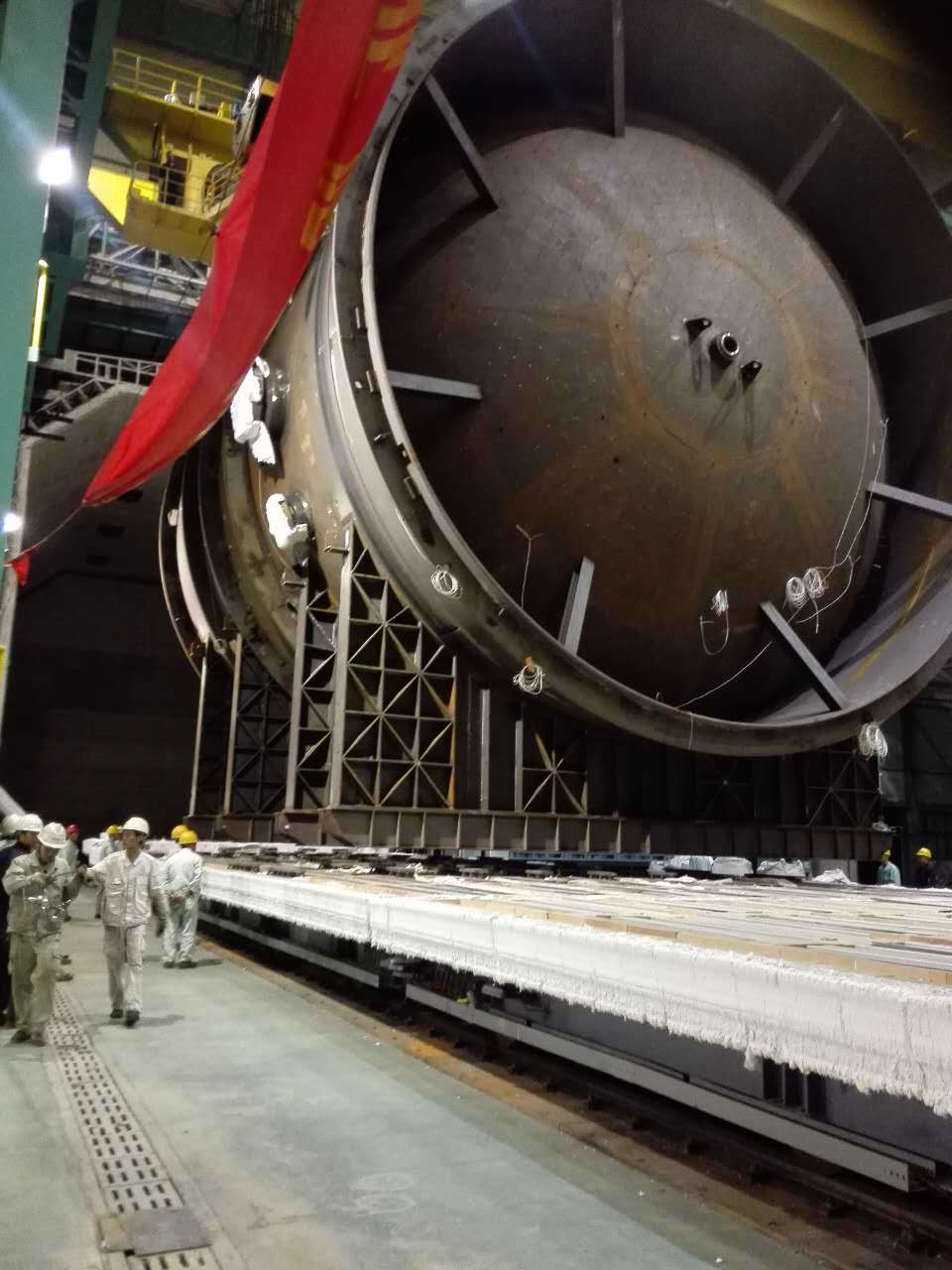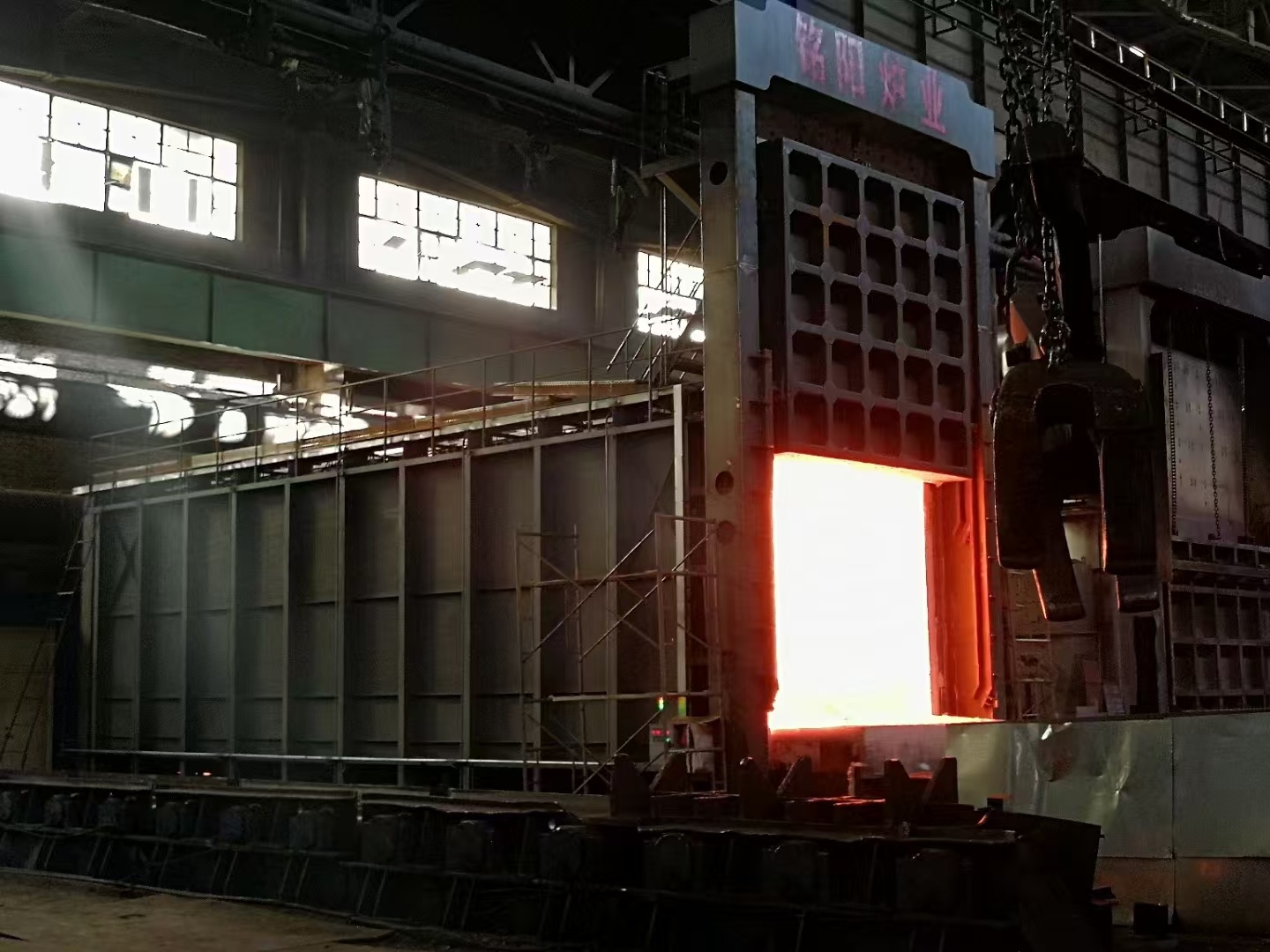


Unlocking Efficiency: The Role of Quality Curing Furnaces in Industrial Processes
Unlocking Efficiency: The Role of Quality Curing Furnaces in Industrial Processes
Table of Contents
1. Introduction to Curing Furnaces
2. What is Curing?
3. The Importance of Quality Curing Furnaces
4. Types of Curing Furnaces and Their Applications
4.1 Electric Curing Furnaces
4.2 Gas-Fired Curing Furnaces
4.3 Induction Curing Furnaces
Unlocking Efficiency: The Role of Quality Curing Furnaces in Industrial Processes
Table of Contents
- 1. Introduction to Curing Furnaces
- 2. What is Curing?
- 3. The Importance of Quality Curing Furnaces
- 4. Types of Curing Furnaces and Their Applications
- 5. Key Features of High-Quality Curing Furnaces
- 6. Benefits of Investing in Quality Curing Furnaces
- 7. Innovations in Curing Technology
- 8. Frequently Asked Questions (FAQs)
- 9. Conclusion
1. Introduction to Curing Furnaces
In today’s rapidly evolving industrial landscape, the demand for efficient and reliable manufacturing processes is paramount. One critical component that significantly influences production quality and efficiency is the **curing furnace**. These specialized devices are instrumental in processes such as **coating**, **adhesive bonding**, and **material strengthening**. Their role cannot be overstated; they not only enhance productivity but also ensure the longevity and durability of the final products.
2. What is Curing?
Curing refers to a chemical process that involves hardening or setting a material, typically resin, adhesive, or coating, by applying heat or moisture. This process is crucial in transforming soft materials into durable components that can withstand rigorous conditions. The curing process can vary based on the material and the desired properties, making it essential to utilize the appropriate furnace tailored to specific industrial needs.
3. The Importance of Quality Curing Furnaces
Quality curing furnaces are vital for achieving optimal curing results. They provide controlled environments with precise temperature management, humidity levels, and airflow circulation. This control reduces defects, ensures uniform curing throughout the batch, and increases the overall efficiency of production. Investing in high-quality curing technology is not just about meeting standards; it’s about exceeding them and gaining a competitive edge in the market.
4. Types of Curing Furnaces and Their Applications
Different industrial applications require specific types of curing furnaces. Understanding these variations can help businesses choose the right equipment for their processes.
4.1 Electric Curing Furnaces
Electric curing furnaces are widely used due to their efficiency and ease of operation. They typically use electric heating elements to maintain consistent temperatures, making them ideal for sensitive materials that require precise curing conditions. Their compact design allows for easy integration into various production lines, making them a popular choice among manufacturers.
4.2 Gas-Fired Curing Furnaces
Gas-fired curing furnaces are known for their rapid heating capabilities and cost-effectiveness. They utilize natural gas or propane to generate heat, making them suitable for large-scale production environments where speed is crucial. These furnaces are particularly effective for curing materials that can withstand higher temperatures and benefit from faster curing cycles.
4.3 Induction Curing Furnaces
Induction curing furnaces use electromagnetic fields to generate heat directly within the material, allowing for precise temperature control and quicker curing times. This technology is beneficial for materials that require immediate curing without the need for extensive heating times. Induction curing is gaining popularity in industries like automotive and aerospace, where high-performance materials are crucial.
5. Key Features of High-Quality Curing Furnaces
When selecting a curing furnace, several key features should be considered to ensure optimal performance:
1. **Temperature Control:** Accurate and stable temperature regulation is essential for uniform curing outcomes.
2. **Airflow Management:** Efficient airflow systems help distribute heat evenly, preventing hot spots and ensuring consistent results.
3. **Energy Efficiency:** Modern furnaces should be designed to minimize energy consumption while maximizing output, contributing to lower operational costs.
4. **Durability:** High-quality materials and construction methods will extend the furnace's lifespan, reducing maintenance needs and downtime.
5. **User-Friendly Controls:** Intuitive controls and monitoring systems simplify operation and allow for quick adjustments as needed.
6. Benefits of Investing in Quality Curing Furnaces
Investing in a quality curing furnace comes with numerous advantages:
- **Improved Product Quality:** Consistent curing leads to higher quality outputs, reducing defects and increasing customer satisfaction.
- **Enhanced Production Efficiency:** With optimized curing processes, manufacturers can achieve quicker turnaround times and increase overall throughput.
- **Cost Savings:** While the initial investment may be higher, the long-term savings in energy costs, reduced waste, and fewer reworks can significantly impact the bottom line.
- **Flexibility:** Quality furnaces can adapt to various materials and processes, allowing businesses to diversify their product offerings.
7. Innovations in Curing Technology
Recent advancements in curing technology have introduced several innovative solutions designed to improve efficiency and effectiveness:
- **Smart Controls:** The integration of IoT technology allows for real-time monitoring and control of curing processes, facilitating data-driven decision-making.
- **Hybrid Systems:** Combining different heating technologies, such as electric and gas, can optimize performance while reducing energy consumption.
- **Environmentally Friendly Solutions:** Newer curing furnaces incorporate eco-friendly materials and energy sources, aligning with sustainability goals in manufacturing.
8. Frequently Asked Questions (FAQs)
1. What are the main factors to consider when choosing a curing furnace?
Key factors include the type of materials being cured, required temperature ranges, production volume, and energy efficiency.
2. How does temperature affect the curing process?
Temperature significantly influences the curing speed and overall quality. Inadequate temperatures may lead to incomplete curing, while excessive heat can damage materials.
3. Can curing furnaces be customized for specific industrial processes?
Yes, many manufacturers offer custom solutions tailored to meet specific requirements, including size, heating method, and control features.
4. What maintenance is required for curing furnaces?
Regular cleaning, inspection of heating elements, and monitoring control systems are vital to ensure optimal performance and longevity.
5. How can I improve energy efficiency in my curing process?
Investing in modern, energy-efficient curing furnaces, optimizing production schedules, and maintaining equipment can significantly enhance energy efficiency.
9. Conclusion
Quality curing furnaces are essential assets in modern industrial processes, unlocking efficiency and enhancing product quality. By understanding the various types of curing furnaces, their features, and the latest innovations, businesses can make informed decisions that lead to improved operational performance. Investing in high-quality technology not only meets current manufacturing demands but also prepares companies for future challenges in an ever-evolving market. Embracing these advancements will ensure ongoing success and competitiveness in the industrial sector.


